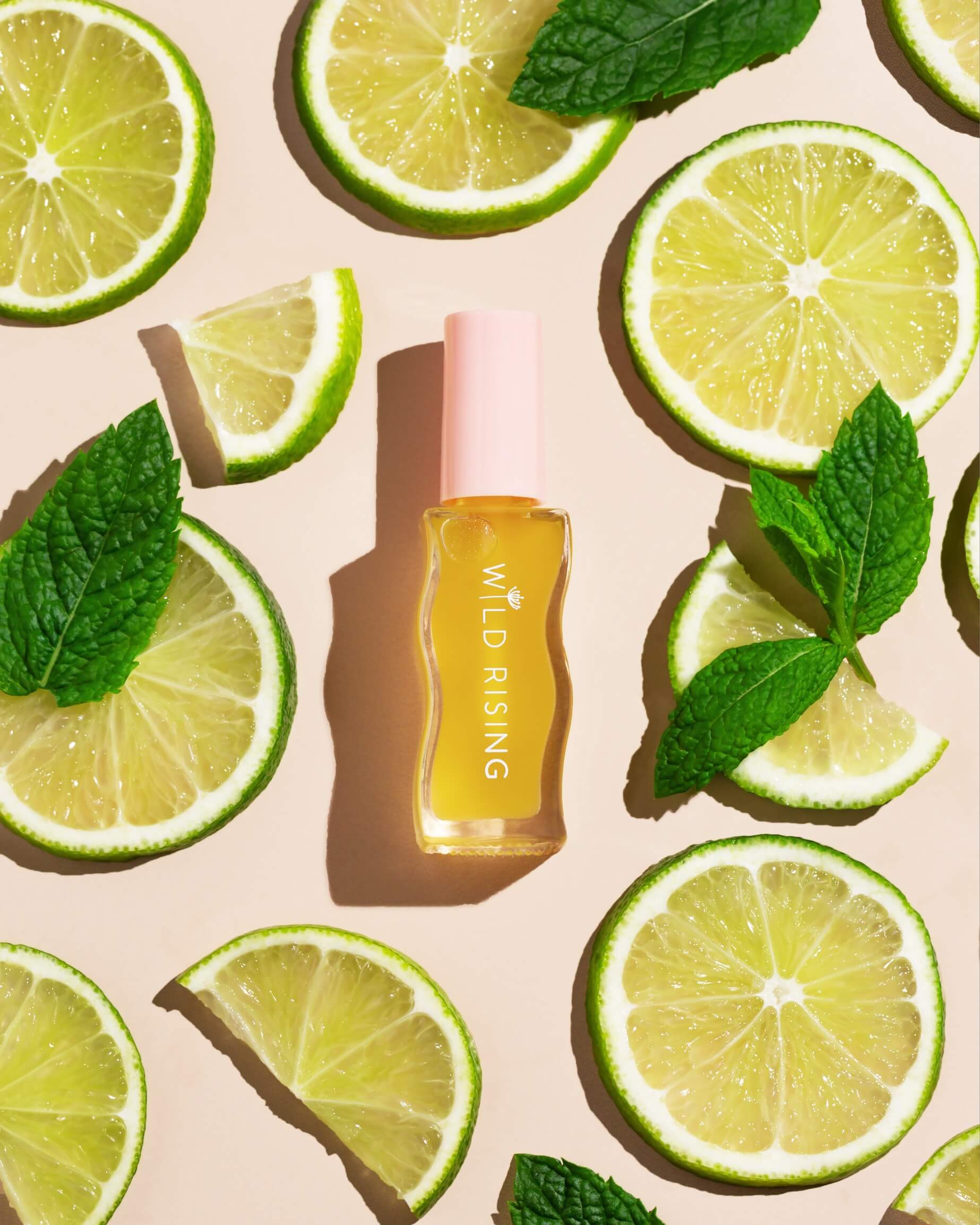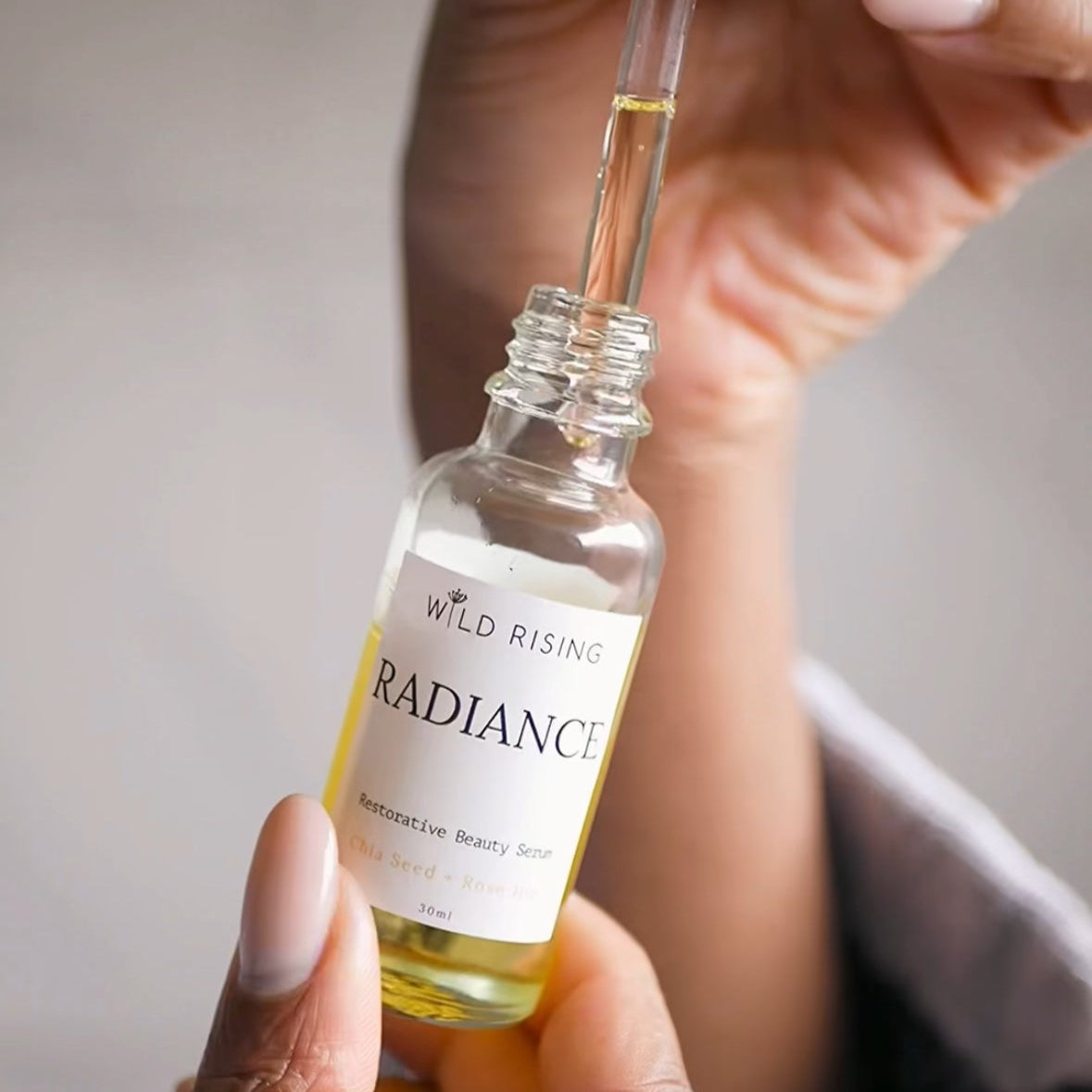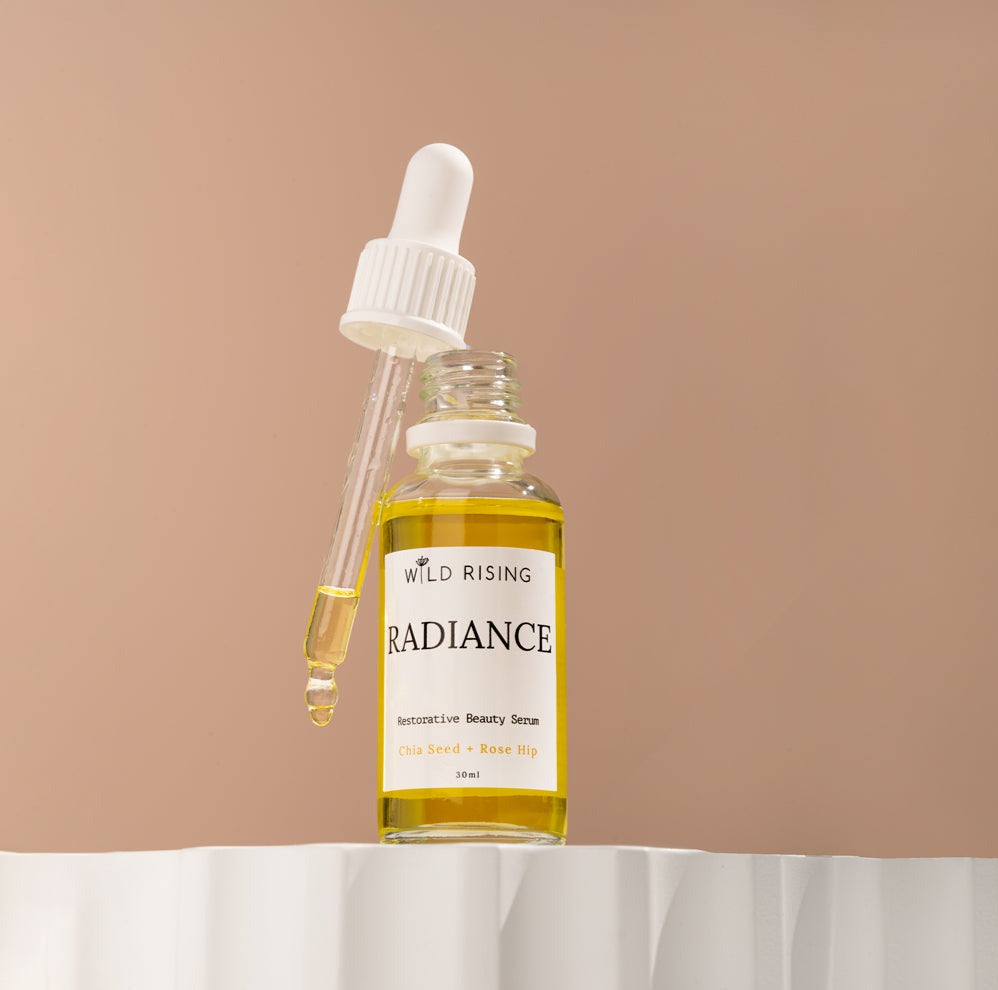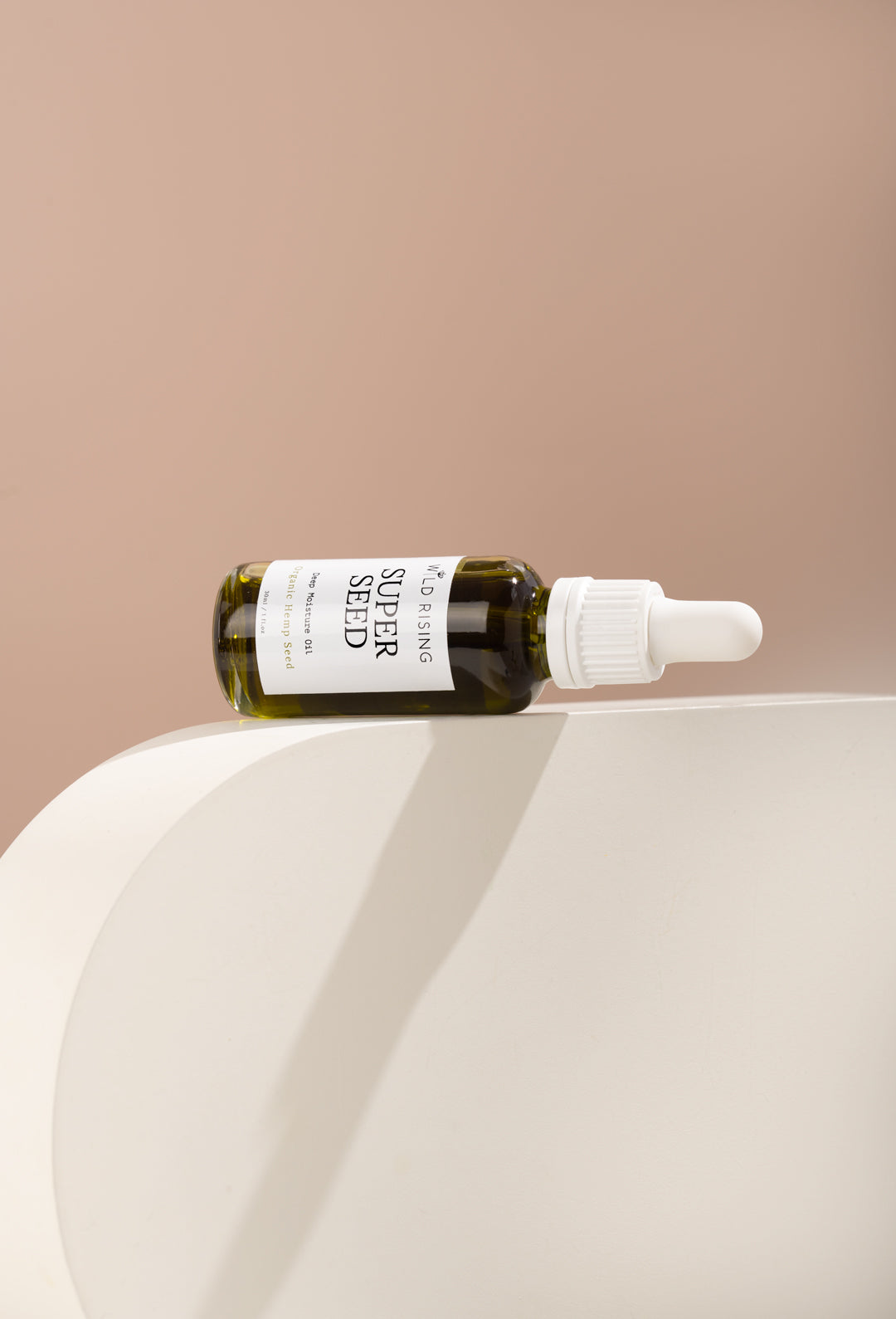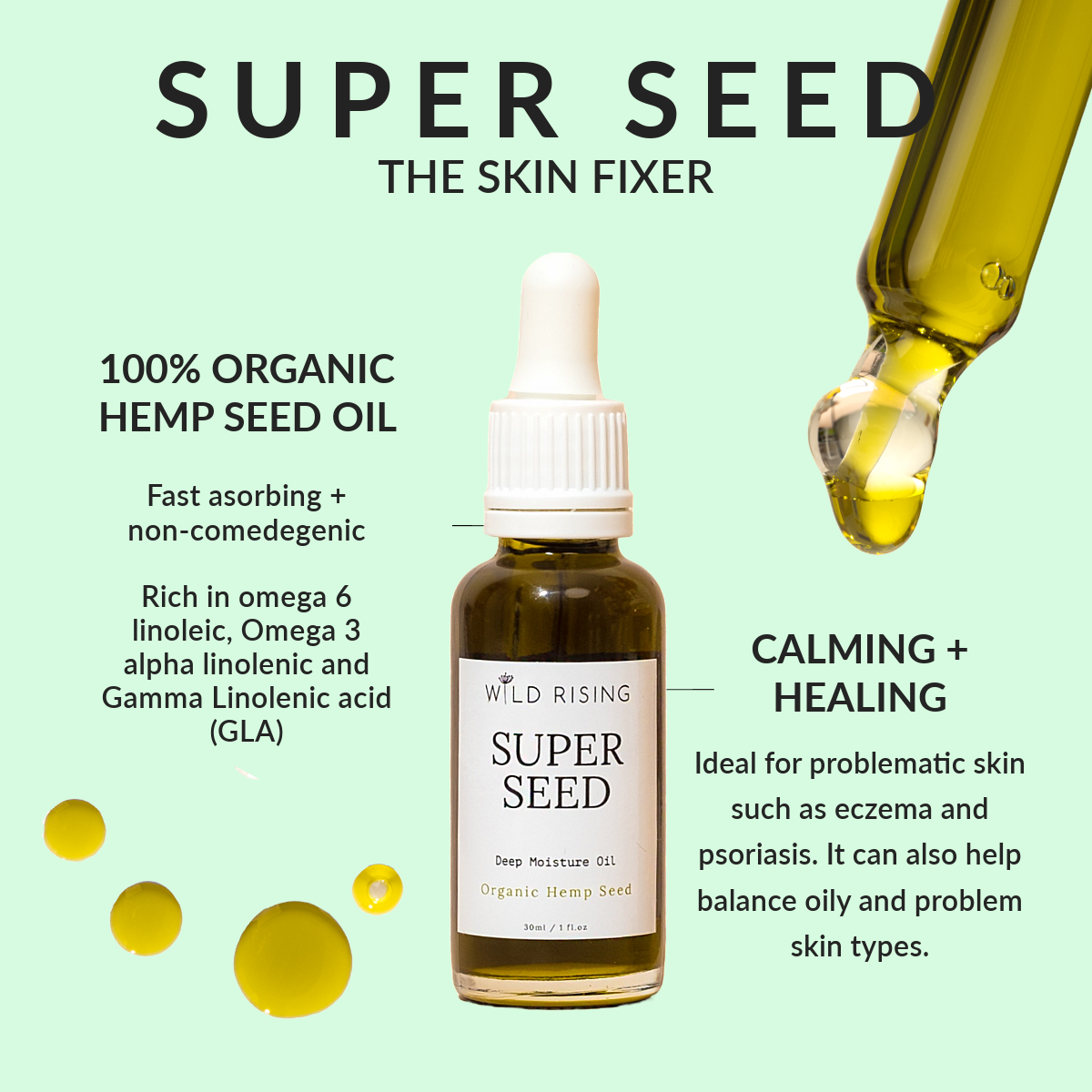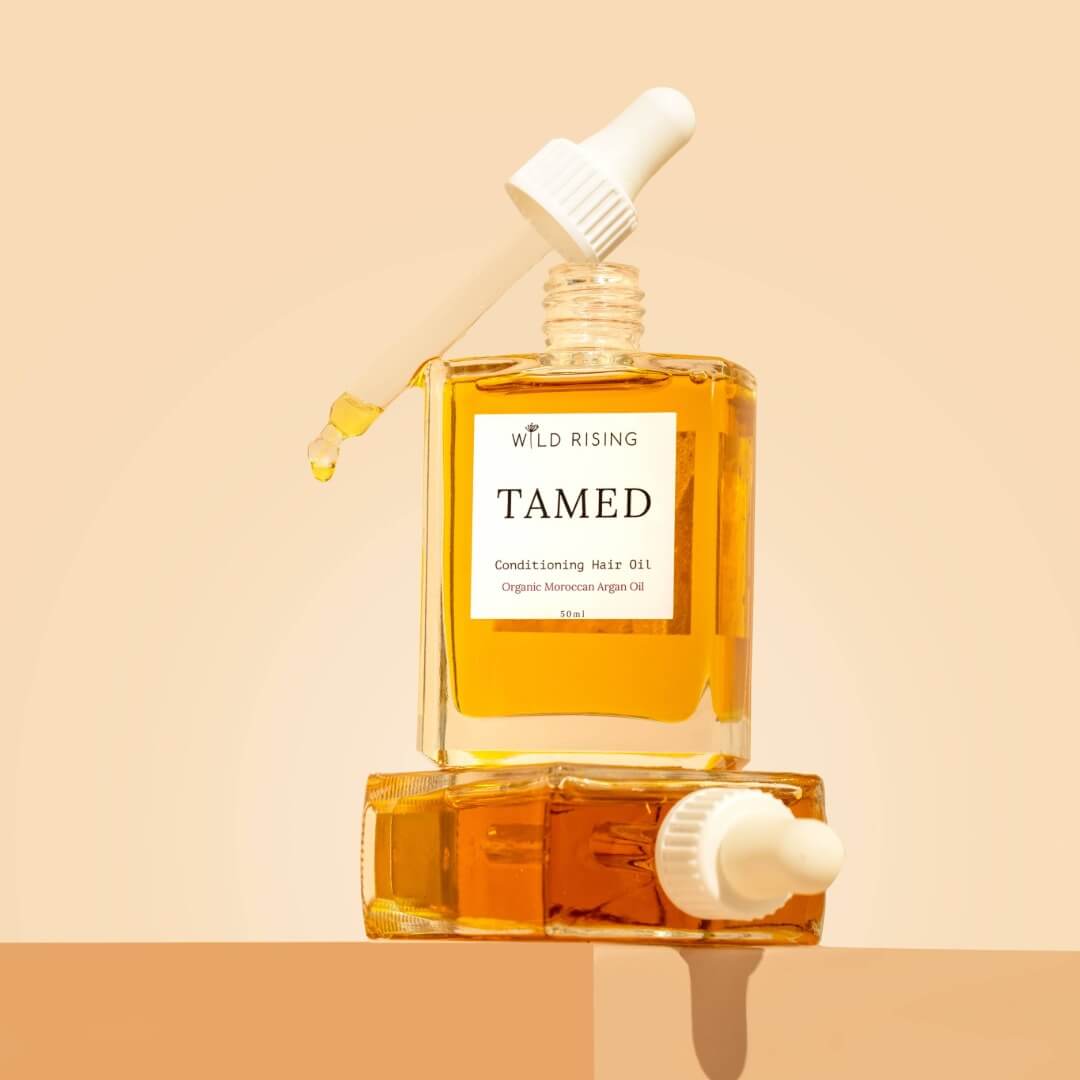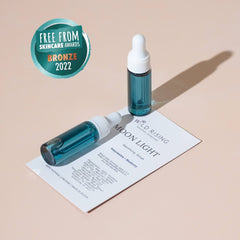If you're passionate about natural skincare and sustainability, understanding how to read and understand ingredient lists on your cosmetics and skincare is your secret superpower. This guide shows you how to decode cosmetic labels and spot truly natural skincare ingredients - no more guesswork, only mindful choices.
INCI Names: What You’re Really Looking At
Cosmetic packaging often lists ingredients using INCI names (International Nomenclature of Cosmetic Ingredients), which are standardised across the beauty industry. These scientific-sounding terms can seem confusing at first - like Aloe Barbadensis Leaf Juice for aloe vera or Butyrospermum Parkii Butter for shea butter - but they’re simply the formal names for familiar natural ingredients. Learning to recognise common INCI names makes it easier to identify the plant-based, skin-loving components that should ideally appear near the top of your skincare product's ingredient list.
Ingredient Order: Biggest to Smallest
Ingredient lists are arranged by concentration in descending order. The first ingredient is often water or aloe vera, accounting for the majority of the formula. Ingredients under 1% can be listed in any order.
When you see nutrient-rich ingredient like hemp seed oil or Cannabis Sativa, botanical extracts, or nourishing plant oils near the top, it’s a strong sign that the product is both effective and committed to natural skincare principles
What Are INCI Names, and Why Are They So Confusing?
Most ingredients are listed using their INCI name (International Nomenclature of Cosmetic Ingredients). These standardised terms make it easier to identify what's inside a product, no matter where it's sold.
Here are some of the clean, conscious staples you'll find in Wild Rising Skincare products:
- Organic Blueberry Seed Oil [Vaccinium Corymbosum Seed Oil]
A lightweight, luminous oil rich in anti-aging Vitamin A and antioxidants. It refines pores, evens skin tone, fades dark spots, and reduces redness, inflammation, and itching, making it ideal for inflammatory skin conditions like eczema or rosacea.
Product spotlight: Moonlight Smoothing Serum
- Organic Apricot Kernel Oil [Prunus Armeniaca Kernel Oil]
A lightweight, nourishing oil rich in vitamins A and E, making it ideal for soothing and hydrating the skin. Its gentle, non-greasy texture absorbs easily, helping to soften fine lines and restore a healthy glow.
Product spotlight: Peppermint Lip Balm
- Organic Rosehip Oil [Rosa Canina Fruit Oil]
Known for its regenerative properties, rosehip oil helps to improve skin texture and tone, making it a popular choice for mature or scar-prone skin.
Product spotlight: Radiance Rosehip Face Oil
- Aloe Vera [Aloe Barbadensis Leaf Extract]
Aloe barbadensis leaf extract is aloe vera leaf extract. One of the main benefits of aloe vera for your skin is its hydrating and healing properties, making it perfect for a gentle cleanser.
Product spotlight: Celeste Anti-Aging Face Cream
- Castor Oil [Ricinus Communis Seed]
Rich in ricinoleic acid, castor oil helps to hydrate and nourish the skin and in particular the lips. It's emollient properties help remove dry skin, leaving your lips feeling soft to the touch. With consistent application, your lips will remain hydrated and healthy.
Product spotlight: Ultra Shine Lip Oil
Ingredients to Avoid in Natural Skincare
If you're aiming for truly clean and gentle skincare, it’s important to steer clear of certain ingredients that can irritate skin or have questionable health effects over time. Here are some common ones to watch out for:
- Parabens (e.g., methylparaben, propylparaben)
These synthetic preservatives have been linked to hormone disruption and are best avoided in clean beauty routines.
- Phthalates (often hidden under “fragrance” or as diethyl phthalate)
Used to make fragrances last longer, phthalates can interfere with hormone function.
- Sodium Lauryl Sulfate (SLS)
A harsh foaming agent found in many cleansers and shampoos that can strip natural oils and cause dryness or irritation.
- Synthetic Fragrances (Parfum)
These proprietary scent blends often contain dozens of undisclosed chemicals that can trigger allergies and sensitivities.
- Silicones (like dimethicone, cyclopentasiloxane)
While they create a smooth feel on the skin, silicones can trap dirt and oil, potentially leading to clogged pores and breakouts.
- Mineral Oil
A petroleum-derived ingredient that sits on top of the skin without providing nourishment and can block pores.
Make the Shift to Transparent, Natural Skincare
At Wild Rising Skincare, we believe you deserve to know what’s in your skincare, and why it’s there. That’s why every product we make is crafted with clear, honest, plant-based ingredients. No hidden chemicals. No marketing tricks. Just high-performance, skin-loving formulas.

